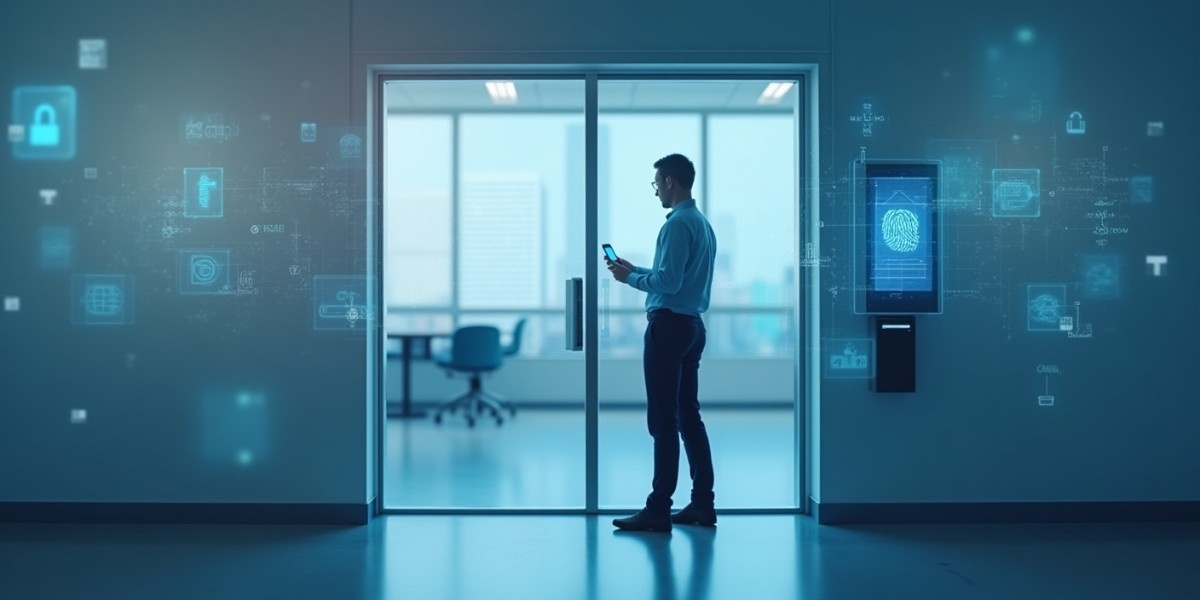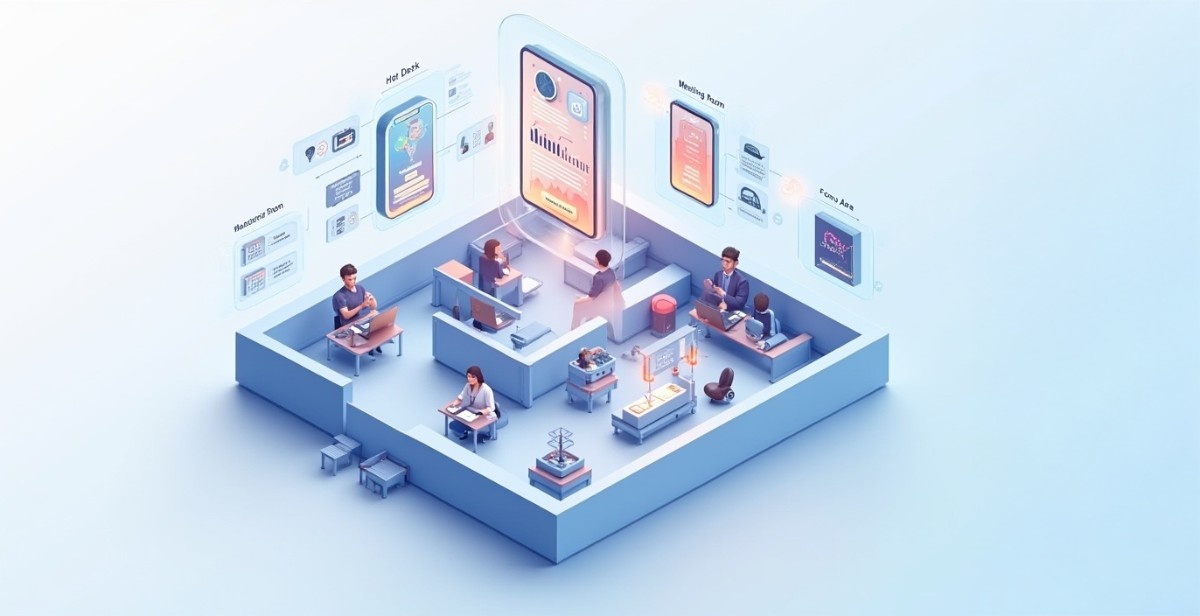In the last edition of Office of 2023 about employee experience, we looked at the significant learnings from Great Places to Work of 2022 to understand how to improve your employees’ experience.
In case you have missed it, we’re linking it below: Top 4 employee experience takeaways from Great Places to Work 2022
In this edition, we will look at some simple tech interventions that can bring these learnings to life in your workplace and foster employee experience and the organization’s culture.
Let’s dive right into them.
Why is Tech your Employees’ Best Friend?
To ensure you get the best results from the strategies and tactics needed to boost employee experience, you must start with the last stage, the ultimate customer experience, and work backwards to the technology. You can’t start with technology and try to figure out where you will sell it and who will benefit from it.
The quote would make as much sense if one were to replace customer experience with employee experience because hybrid tech needs to be in service of the workforce than the other way around.
Here are a few interventions through which the above-mentioned themes emerging from the analysis of Great Places to Work of 2022 can be enabled through technology to truly succeed at dialling up employee experience in 2023.

The “Who is Who” App
Workplace by Meta, for example, is an all-in-one business communication platform that securely combines chat, video, groups and intranet with existing work tools that an organization already uses. Think Facebook but for your company.
Similar to Meta, organizations are developing their own ‘Who is Who Apps’ that allows every employee to have a personal profile on which they can share things beyond work – like their interests, areas of expertise, passion etc. This gives them room to form groups naturally and connect with like-minded individuals.
As a concept and a tool, this can be leveraged explicitly for employees at different life stages in the organization – for onboarding fresh talent and engaging existing talent.

Tiny Pulse Surveys can have a significant impact
Tiny pulse surveys can effectively map employee experience in terms of feedback about work and processes per se and what can help drive purpose.
They can be leveraged to identify those little things at work and beyond work that make people feel more fulfilled as employees, like learning new things, picking up hobbies, being part of community service, mentorship etc.
The purpose is also constructed internally in an organization- employee to employee, peer to peer. These surveys can be leveraged to drive this purpose. People can be grouped basis of commonalities of intent, and collective action can be spurred on.

New features that are blurring the line between real and virtual
New features in online meeting software can make the meeting experience more equal for all. Take Zoom’s Smart Gallery, for example. It uses AI to create a personalized feed for each participant in the meeting such that remote participants can see their movements and facial expressions more clearly.
Microsoft Mesh claims to borrow inspiration from Metaverse in allowing one to replace one’s video with an avatar and implement 3D spaces in Teams. It will be worthwhile imagining a training conference or onboarding of new talent happening in 3D on Teams.

Virtual Water-cooler conversations that will make you miss the real ones less
Many tools and apps have made a big bang on the virtual connect scene during and after the pandemic. Take, for example, Donuts. Donut as a tool helps connect teams in ways that seem less manufactured and more probable on Slack for virtual coffee, peer learning, DEI discussions, and more.
It works like a backdrop to where honest conversations happen. More specifically, Donut has a feature called Watercooler. It creates a channel integrated with Slack where questions are posted at regular intervals as ice-breakers or conversation starters. These questions help team members to know each other more as people than as employees.
For example, when somebody answers the question, ‘What cafe do you visit frequently?’, it tells others about their tastes in food, outing etc. A certain degree of personalization enters the conversation, which in the longer term, helps everyone.

A super app to make hybrid seamless
When our purchase experiences today are a one-stop-shop, why can’t employee experiences be? For example, Veris allows organizations to provide a Super app for employees, making hybrid work seamless and engaging.
- Employees get to see who is coming to the office and when
- They get to experience their office in 3d and easily find their co-workers as well as available workspaces nearby
- They get to access all workplace services on one app that improves tech adoption and collaboration
Despite the hybrid reality, the idea is that the employee-workplace experience stays seamless and collaborative.

Summarizing it all
In the VUCA (volatility, uncertainty, complexity and ambiguity) world that we live in today, evolutionary shifts in employee experience are likely to happen as swiftly as the businesses that employ them.
There is a need to plan in advance but not continuously reinvent the wheel. It is critical to utilize the existing better and look for more creative ways to help create and recreate real, in-person experiences in the virtual workplace.






































.avif)
.avif)





